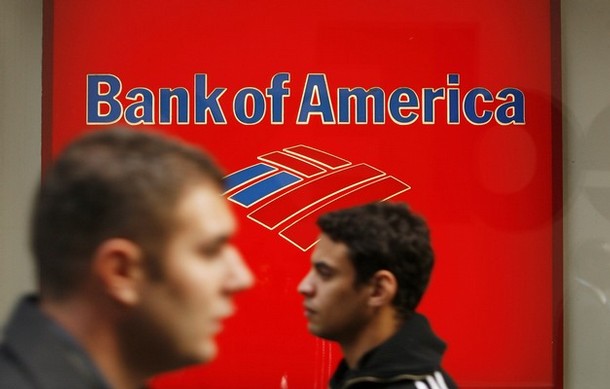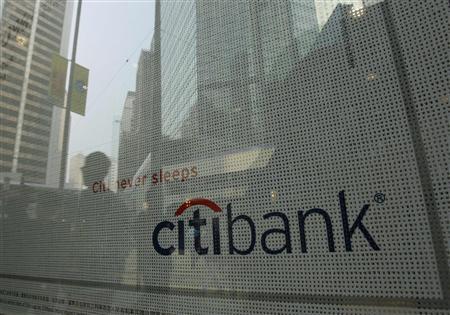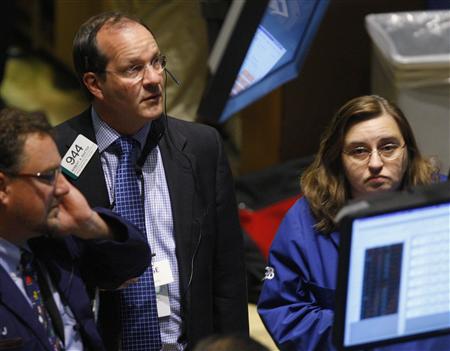A summary of Second Quarter 2009 Negative Equity Data from First American CoreLogic shows that Nearly One-Third Of All Mortgages Are Underwater.
• More than 15.2 million U.S. mortgages, or 32.2 percent of all mortgaged properties, were in negative equity position as of June 30, 2009 according to newly released data from First American CoreLogic. As of June 2009, there were an additional 2.5 million mortgaged properties that were approaching negative equity. Negative equity and near negative equity mortgages combined account for nearly 38 percent of all residential properties with a mortgage nationwide.
• The aggregate property value for loans in a negative equity position was $3.4 trillion, which represents the total property value at risk of default. In California, the aggregate value of homes that are in negative equity was $969 billion, followed by Florida ($432 billion), New Jersey ($146 billion), Illinois ($146 billion) and Arizona ($140 billion). Los Angeles had over $310 billion in aggregate property value in a negative equity position, followed by New York ($183 billion), Miami ($152 billion), Washington, DC ($149 billion) and Chicago ($134 billion).
• The distribution of negative equity is heavily skewed to a small number of states as three states account for roughly half of all mortgage borrowers in a negative equity position. Nevada (66 percent) had the highest percentage with nearly two?thirds of mortgage borrowers in a negative equity position. In Arizona (51 percent) and Florida (49 percent), half of all mortgage borrowers were in a negative equity position. Michigan (48 percent) and California (42 percent) round out the top five states.
There are some interesting tables and graphs in the article that inquiring minds are investigating. Here are some partial alphabetical lists.
click on any chart in this post to see a sharper image
Negative Equity Share
Property Values and Loan-To-Equity Ratios
Nevada, not shown has a near-negative equity share of 68.9% and a Loan-To-Value ratio of a whopping 115%!
It is disingenuous to say there are only a half-dozen or so problem states, when the problem states are where people live. It is wrong to treat Alabama and Alaska the same as California or Florida.
Mortgage Facts and Figures – Select States
- California has $2.4 trillion in mortgages debt. 42.0% of the properties have negative equity.
- Florida has $923 billion in mortgage debt. 49.4% of the properties have negative equity.
- Illinois has $447 billion in mortgage debt. 29.4% of the properties have negative equity.
- Arizona has $298 billion in mortgage debt. 51.0% of the properties have negative equity.
- Nevada has $149 billion in mortgage debt. 65.6% of the properties have negative equity.
- Nationwide there is $10.1 trillion in mortgage debt. 32.2% of the properties have negative equity.37.6% of the properties have “near-negative” equity.
32-37% Of All Mortgage Holders Are Stuck, Unable To Sell
Take a look at that first line. California has $2.4 trillion in mortgages debt. 42.0% of the properties have negative equity. Think Wells Fargo (WFC) sitting on its massive share of California pay-option-arms is “Well Capitalized”? If so, think again.
Read moreBrace for a New Wave of Foreclosures, the Dam is About to Break










